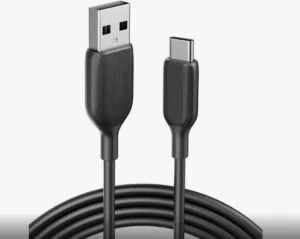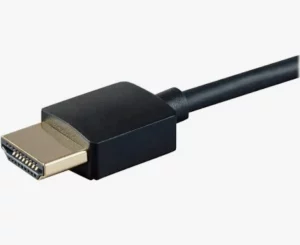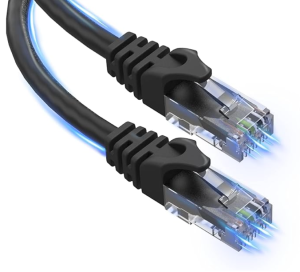目录
ToggleData cables are essential components in our digital world, enabling the transfer of data between devices. From charging our smartphones to connecting our computers to the internet, data cables play a crucial role in our daily lives. Over the years, these cables have evolved significantly, adapting to the increasing demands for faster and more reliable data transmission.
Types of Data Cables
USB Cables

- USB-A, USB-B, USB-C: USB (Universal Serial Bus) cables are among the most common data cables used today. USB-A is the traditional rectangular connector found on most computers and chargers. USB-B, often seen in printers and other peripherals, has a more square shape. USB-C, the latest iteration, is a versatile connector that supports faster data transfer rates and higher power delivery. It is reversible, meaning it can be plugged in either way, reducing the frustration of incorrect insertion.
- Differences and Uses: USB-A is widely used for connecting peripherals like keyboards and mice to computers. USB-B is typically used in larger devices like printers. USB-C, with its high-speed capabilities, is becoming the standard for modern devices, including smartphones, laptops, and tablets. It supports various protocols, making it compatible with HDMI, DisplayPort, and power delivery.
HDMI Cables

- Standard HDMI, Mini HDMI, and Micro HDMI: HDMI (High-Definition Multimedia Interface) cables are used to transmit high-definition video and audio between devices. Standard HDMI is the most common type, used in TVs, monitors, and gaming consoles. Mini HDMI is smaller and often found in cameras and tablets. Micro HDMI is even smaller and used in compact devices like smartphones.
- Applications and Benefits: HDMI cables provide a single-cable solution for transmitting both video and audio, reducing cable clutter. They support high-definition resolutions and multiple audio channels, making them ideal for home theater systems and professional audio-visual setups. The different sizes cater to various device requirements, ensuring compatibility across multiple electronics.
Ethernet Cables

- Cat5, Cat6, Cat7: Ethernet cables are used for wired internet connections. Cat5 cables support speeds up to 100 Mbps and are suitable for basic home networking. Cat6 cables offer higher speeds, up to 1 Gbps, and are commonly used in modern home and office networks. Cat7 cables provide even higher speeds and better shielding, supporting up to 10 Gbps, making them ideal for data centers and high-performance networking environments.
- Performance and Usage: Cat5 cables are sufficient for basic internet browsing and streaming. Cat6 cables are better suited for gaming and high-definition video streaming, where higher speeds are beneficial. Cat7 cables, with their superior shielding and speed capabilities, are used in environments where maximum performance and minimal interference are critical.
Choosing the Right Data Cable
When selecting a data cable, several factors should be considered:
- Speed: Ensure the cable supports your devices’ required data transfer speed. For example, USB-C cables offer faster speeds compared to USB-A.
- Compatibility: Check that the cable is compatible with your devices. For instance, not all devices support USB-C, so ensure your device has the appropriate port.
- Durability: Look for cables with reinforced connectors and high-quality materials to ensure longevity, especially if the cable will be frequently plugged and unplugged.
- Common Mistakes and How to Avoid Them: One common mistake is using a cable that does not support the required speed, leading to slower data transfer. Another is using a cable that is not compatible with the device, which can cause connection issues. Always check the specifications and compatibility before purchasing a cable.
- Future Trends in Data Cable Technology: Data cables are becoming faster and more versatile as technology advances. USB4, for example, promises even higher speeds and better compatibility with various devices. Wireless data transfer technologies are also improving, but wired connections remain essential for their reliability and speed.
In conclusion
Understanding the different types of data cables and their applications can help you decide when to select the right cable for your needs. Whether it’s for charging your devices, connecting to the internet, or setting up a home theater system, choosing the appropriate data cable ensures optimal performance and longevity.
0